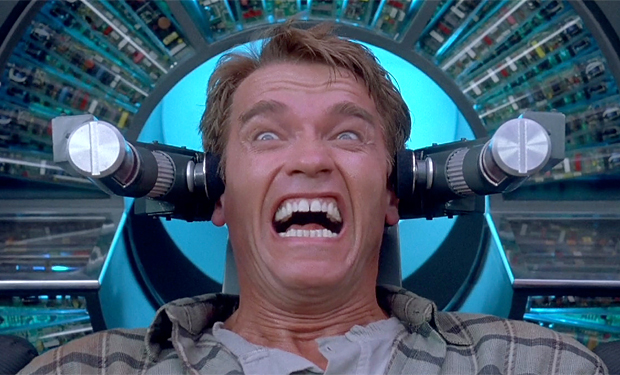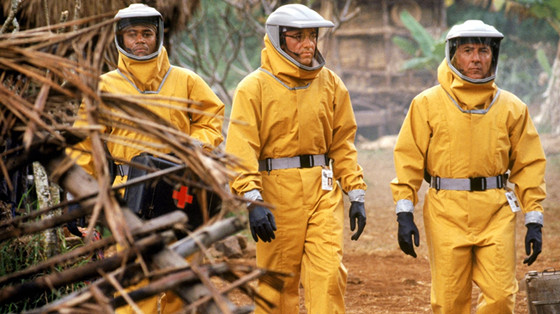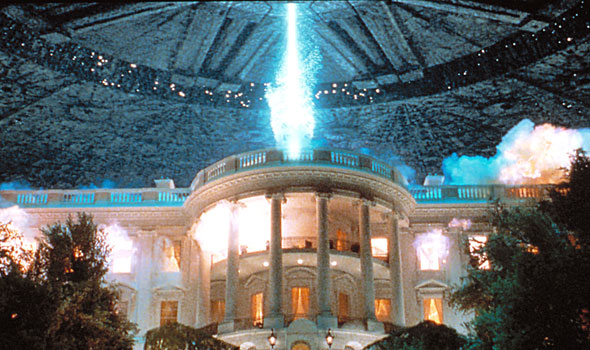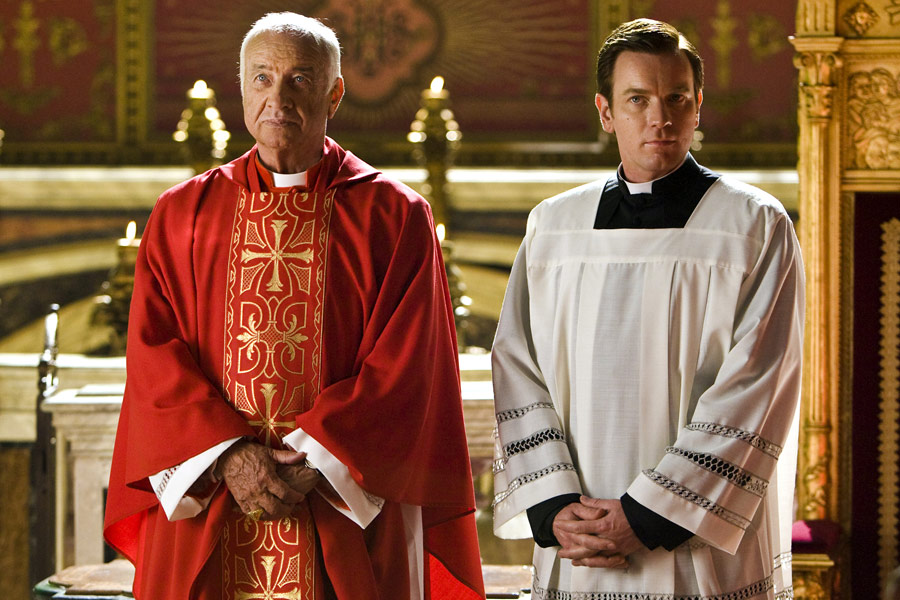
If scientific correctness was a priority in cinema, watching movies would be as entertaining as sitting through a physics class. In fact, the possibility of experiencing a reality completely different from our own is one of the things that makes the seventh art so appealing.
A well-conceived plot line can make absurd ideas sound very believable, at least within the fictional reality in which they are inserted. In other words, good films do not need to be realistic, so long as they are verisimilar; they must follow the rules they set for themselves.
Discussing scientific accuracy in films can be tricky, because it makes no sense to talk about it in films that do not intend to be realistic at all. A film like Harry Potter, for instance, is completely inaccurate – there is no such thing as a magic wand – but it certainly should not be on this list. Thus, this list deals with films to which science plays an important role.
In some of them, the film provides an explanation to the general scenario. In others, it justifies an important event in the plot. In all of them, there is a fundamental flaw in the explanation provided. This is in no way a “don’t watch” list – most of the films here are good, but present absurd ideas that are not justified by other plot elements, be them fantastic or not.
10. Total Recall

In 2084, a company called Rekall offers an alternative to traditional tourism: memory implants. Instead of actually traveling somewhere, it is possible to have the memory of going there artificially implanted in your head, with the bonus of having absolute control over what happened, including fantasy elements such as meeting the woman of your dreams.
Douglas Quaid, a construction worker, is having dreams about Mars, where humankind has established a (now rebellious) colony. Obsessed with those dreams, he decides to go to Rekall and memory travel to Mars as a secret agent. Something goes wrong, however, and Quaid is left wondering whether his previous life was a complete farce.
Paul Verhoeven’s loose adaptation of Philip Dick’s short story “We Can Remember It for You Wholesale” deals with a common theme in science fiction: how can one know for sure his experiences correspond with reality? Today, “Total Recall” might look a little outdated, but its visual effects were highly praised at the time of its release. It has a satiric feel, possibly due to Schwarzenegger’s idiosyncratic performance, which contrasts with its intelligent mind-bending narrative.
Aside from the memory implants, which is more of a fantastic element, the film’s main scientific inaccuracy is that gravity on Mars seems to be the same as on Earth. In fact, Mars’s mass is roughly 10 percent of Earth’s, and gravity is about 37 percent of what we experience on our planet.
9. Outbreak

In a village in Zaire, a deadly virus called Motaba resurfaces after many years. Colonel Sam Daniels, a U.S. Army virologist, is sent to investigate the outbreak, which is thought to be unlikely to spread due to its severity, as it causes rapid fatality upon infection. Contrary to expectations, the deadly virus finds its way from Africa to the United States in a smuggled monkey and starts spreading at an alarming pace.
“Outbreak” is conventional in its plot devices and overall narrative structure, but director Wolfgang Petersen does a good job within those boundaries. A safe bet that proved right, faring well at the box office, this film shows great concern with being believable. The first objection one might have to the plausibility of this story is brought up by the narrative itself: killing so fast that the disease would never spread, as people would die before passing the virus to other people.
This issue is diverted by a sudden mutation that makes the virus airborne. The likelihood of such mutation is debatable, but it works well as a plot device. Another controversial plot aspect is how the scientists are able to create an antiviral serum in minutes after capturing the host animal. Should this be possible, then there would already be a cure for Mutaba’s real life inspiration, the Ebola virus.
8. Snowpiercer

Based on the French graphic novel “Le Transperceneige”, “Snowpiercer” has an unusual premise: after global warming got out of control, a number of countries decided to disperse a cooling agent in the atmosphere, which caused a catastrophe. Earth entered a new ice age, and the only remaining life inhabits a perpetually running train. Apart from this, there is no hint on why exactly they ended up on a train, or why the train has to keep moving.
The explanation for how it is able to run nonstop is the reason “Snowpiercer” made it to this list: it has a perpetual motion engine, something widely believed to be impossible, as it would break the basic laws of thermodynamics. Yet, for the viewer capable of putting its incongruences aside, Bong Joon-ho’s English language debut is a very entertaining and creative film.
On Snowpiercer, just like on any other train, passengers are divided into classes. The front is inhabited by first class elites, who live in luxury. Third class passengers inhabit the tail and have to face abysmal living conditions. The only food available is a gelatinous protein bar made of cockroaches; their wagons are cramped and have awful sanitary conditions.
They are kept under control only through brutal violence. Many of them lack legs and arms, possibly because offenders are punished by forced exposure of a member to the freezing conditions outside. As Gilliam, the leader of all previous revolts, is reaching old age, his protégée, Curtiss Everett – the type of character to whom leadership is as much of a burden as a responsibility – will have to face his demons and lead the oppressed to the engine.
7. Independence Day

Like some films on this list, “Independence Day” tends to follow classic Hollywood recipes. Contrary to most of them, however, they work very well in this two-and-a-half hour long film.
On July 2, 1996, a giant alien mothership, with a mass equal to one fourth of the moon, is detected while approaching our planet. In a matter of hours, the mothership deploys several gigantic spacecraft, which position themselves over Earth’s main urban centers. Amongst the general confusion, satellite technician David Levinson discovers an encoded signal in our own satellite transmissions, which is a countdown to an alien attack.
He is able to meet the president thanks to his ex-wife, who works at the White House, but it is too late. One day later, Captain Steven Hiller is called for duty. Following a disastrous attempt to attack one of the alien ships, Hiller is able to lure one of the alien fighters into a trap, but has to sacrifice his own airplane. Having captured the alien pilot, Hiller meets David at Area 51, where they come up with a desperate plan to defeat the invaders.
Despite its long running time, “Independence Day” feels fast, and is able to build up a lot of tension before its resolution. Some of its inaccuracies are typical of space movies, such as noise and explosions in outer space, and slow moving laser beams.
These are all perfectly justified. However, the hardest to believe is how, in a matter of hours, David is able to come up with a computer virus capable of shutting down the entire alien fleet with absolutely no prior knowledge of the alien computer operating system and language.
6. Angels and Demons

At CERN, Dr. Vittoria Vetra and her team finally manage to store meaningful quantities of antimatter. Upon contact with common matter, antimatter releases huge amounts of energy, causing explosions of nuclear proportions. Due to its dangerous nature, the substance must be stored in special magnetic vials, which keep it away from any form of matter.
As soon as the experiment ends, Father Silvano, the scientist responsible for guarding the vials (also a priest, somehow), is found dead, with the antimatter stolen. Cut. We are now at the Vatican. The pope is dead, four cardinals were kidnapped, and the antimatter vial is hidden somewhere, its battery running low.
A threatening video by the Illuminati informs that one cardinal will be killed every hour starting at 8pm, and the antimatter vial will explode precisely at midnight. This gives Dr. Robert Langdon – this time summoned by the Vatican – precisely four hours to solve the mystery and save the day.
Scientifically, the film’s greatest mistake is the way antimatter is stored and handled. Creating enough antimatter to make a bomb is still impossible, and storing it would require much more energy than what a portable battery could possibly provide.
Even if the vial could work somehow, then running around while holding it or placing it inside a helicopter would disturb the delicate balance and lead to an explosion. The scientific inaccuracies, however, are nothing when compared to Dr. Langdon’s conclusions, which are so far-fetched that it’s almost funny.